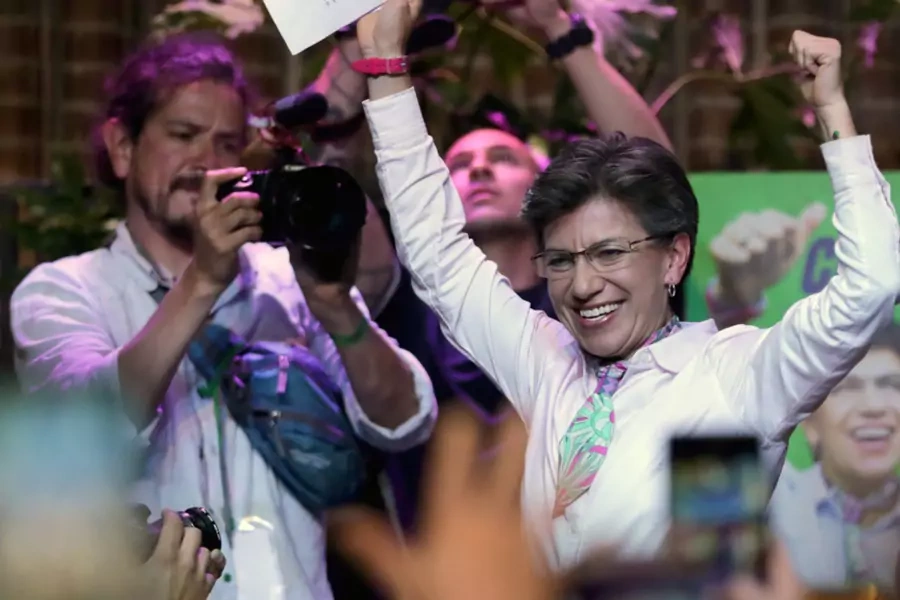International Women’s Day: Women and Political Power

March 8 marks International Women’s Day, an annual opportunity to take stock of progress and remaining barriers facing women around the world. This year’s celebration coincides with several important anniversaries. In 2020, the Sustainable Development Goals, including SDG 5 calling for gender equality and the empowerment of women and girls, reach their five-year benchmark. United Nations Security Council Resolution 1325—which called for greater inclusion of women in peace and security processes, establishing the Women, Peace, and Security agenda—turns twenty. And twenty-five years ago, the UN Fourth World Conference on Women laid out the most progressive international agreement on women’s rights to date in the Beijing Declaration and Platform for Action.
Though all these documents call for equality in decision making, there is a long way to go to political parity. Since 1995, the percentage of women in legislatures worldwide has more than doubled, reaching 24.5 percent, but still falls vastly short of equal representation.
More on:
- In order to chart advances and make visible remaining gaps, the Women and Foreign Policy program launched a new online resource, the Women’s Power Index. The Index ranks 193 UN member states on their progress toward gender parity in political participation, analyzing the proportion of women who serve as heads of state or government, in cabinets, in national legislatures, as candidates for national legislatures, and in local government bodies. Though the representation of women across these roles has increased slowly but steadily since 1995, no country in the world scores higher than 75 out of 100 on the Index’s political parity score; 100 would indicate parity across all levels of government.
- Rachel Vogelstein and Alexandra Bro put women’s leadership in the United States in global perspective using data from the Index. In an op-ed in the Washington Post, they note that 64 countries around the world have already elected a female head of state. Though the United States has not joined them, the level of women in executive office continues to climb globally. More than 85 percent of all female leaders taking office did so after 1990, and more than three-quarters of them rose to power in the 2000s.
- Today there are 19 sitting female heads of state or government. A short video from CFR highlights nine of these women who are notable ‘firsts,’ from Namibian Prime Minister Saara Kuugongelwa—who led the country to its first budget surplus while serving as minister of finance—to Estonian President Kersti Kaljulaid—who executive a nationwide platform enabling citizens to vote and pay taxes online.
- Despite these many barrier-breakers, women entering the political arena continue to face serious challenges. In Foreign Affairs, Jamille Bigio and Rachel Vogelstein addressed the rising concern of politically motivated attacks on women. The numbers of women in office are increasingly globally, but their rising visibility is match by growing backlash, according to new research that finds levels of political violence targeting women are at an all-time high. Around the world, women face gendered forms of violence that affect their decisions to run for office, and hinder their abilities to govern effectively. “As women around the world raise their voices and step into the political arena,” Bigio and Vogelstein conclude, “countries committed to representative democracy must do more to ensure that the playing field is level—and safe.”
More on:
 Online Store
Online Store

